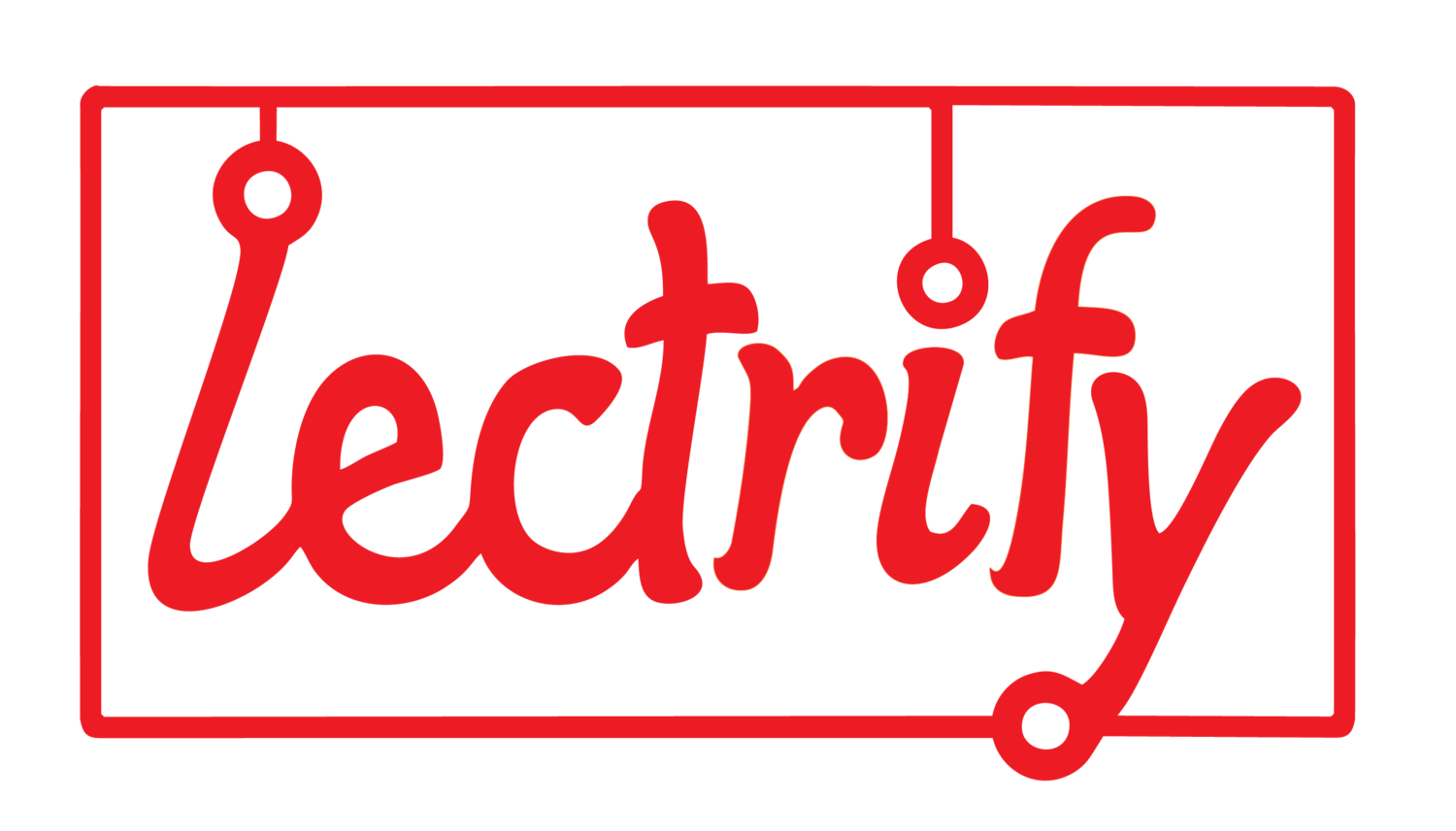explore physical computing and design thinking
The digital pet project is a curricular sequence that extend a full semester or year depending on how deep the students dive into the various aspects. It starts with a foundation of physical computing projects using only the bit:booster with micro:bit. From there students extend with advanced projects in computing, robotics/mechanical engineering and digital design. The culmination project follows the design thinking framework and has students explore the world of therapy robots and design their own solution.
Module 1: Introduction to physical computing
Physical computing brings coding to life by bridging the code to the physical world. This first module is designed to provide a strong foundation of basic coding and robotics using only the bit:booster board. Students start by exploring how to control the various inputs and outputs of the bit:booster and micro:bit. The module culminates with a project that puts their knowledge together by designing their own simple digital “pet” starting with deciding how to make their pet’s “face.” A draft curriculum for this module can be found at http://imaginationcoding.academy
module 2.1 - digital design extension
The digital design extension focuses on using digital design and fabrication tools to build upon the digital pet. This module would require access to digital manufacturing tools such as laser cutters or 3d printers.
Students use the bit:booster as their canvas for their digital designs. Ideas can be as simple as components that snap onto the board (similar to a Mr. Potato Head) or more complex enclosures and linkages. Start here for some ideas.
Module 2.2 - robotics extension
This module has students exploring how adding motors can extend the functionality of their pet. This module is similar to the Robot Petting Zoo project developed by the TechHive at the Laurence Hall of Science.
In this extension, students can use Lego motors, hobby motors and servo motors as available. If combined with module 2.1, they can create their own linkages and housing for the motors to enhance their robots.
Module 2.3 - Coding Extension
In the first module students were introduced to basic concepts of inputs and outputs. In this module students explore more advanced conditional events and storing variables.
The students will learn about the Tamagotchi pets and then define the required “care and feeding” of their own pet.
Module 3 - design project
After building a strong foundation of core skills through the previous two modules, students explore a design challenge around therapy robots. Students are encouraged to research the various ways therapy robots are used.
PARO robot with patient
Therapy robots are used to help reduce stress, increase cognitive function, train youth and future pet owners in animal care. For example, in Benchmark Senior Living at Plymouth Crossings, Massachusetts, electronic pets are used to help brighten the mood of elderly residents, while also stimulating cognitive function. The PARO robot even has FDA approval for use in dementia.
My Special Aflac Duck with patient
Recently, AFLAC launched a robot to accompany children undergoing Cancer treatment. According to their web site: “My Special Aflac Duck is an innovative social robot that helps comfort and entertain childhood cancer patients. It blends the best of the toy industry, robotics, apps & gaming, and medical technology.”
Others have used robotic babies to create interactive training for new parents who need help in childcare, Engaged Couples Raise Robot Babies
Therapy robots also provide an opportunity to explore AI and how humans interact with robots. Good resources for this include research by MIT Researcher Kate Darling and Santa Clara University Professor and AI Ethicist Shannon Vallor
Students can then choose an area of interest to their team and develop a therapy robot solution for a specific end user and challenge. They should be encouraged to focus on one specific behavior or need to address instead of addressing all the challenges of their user group.





